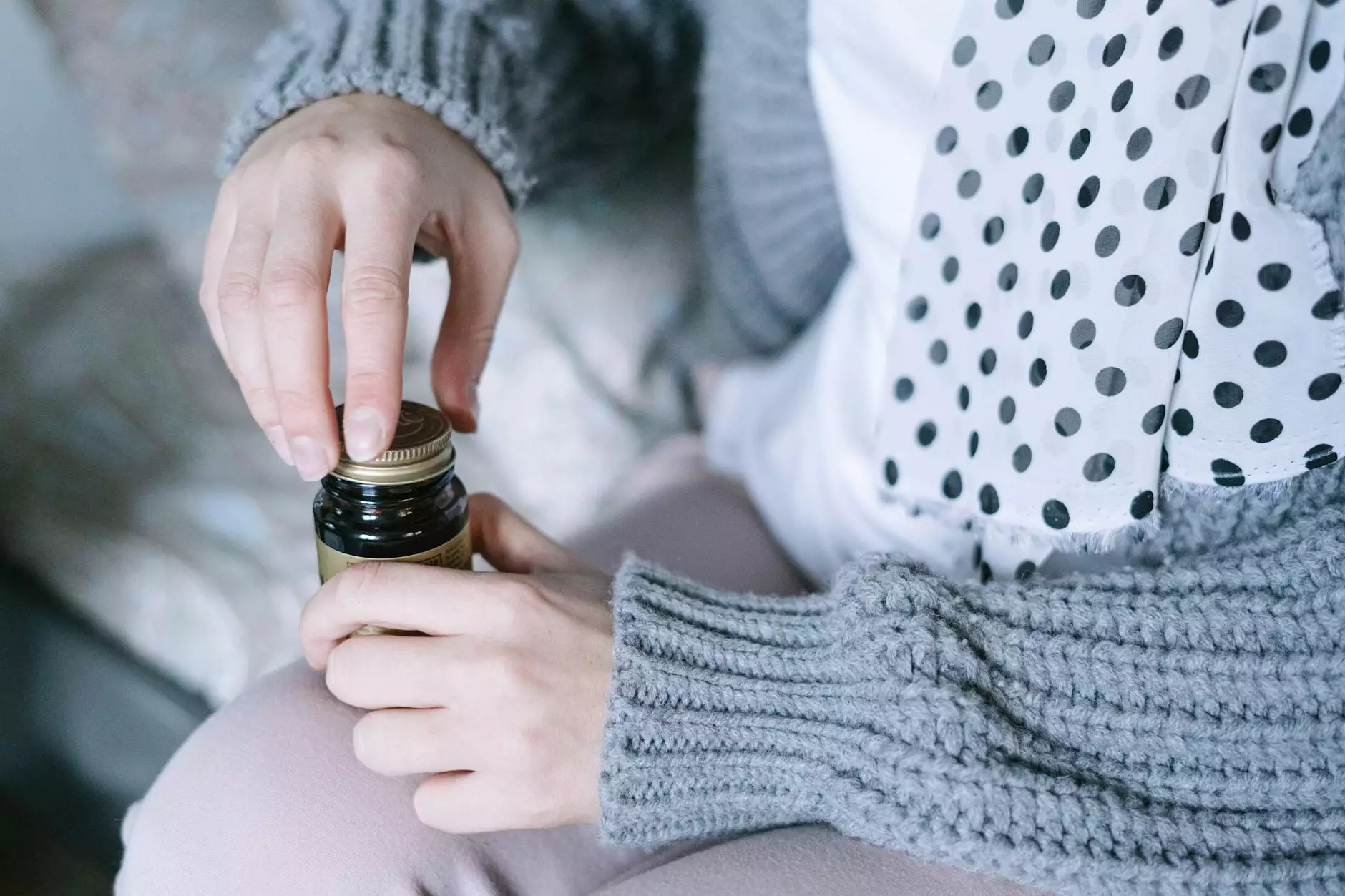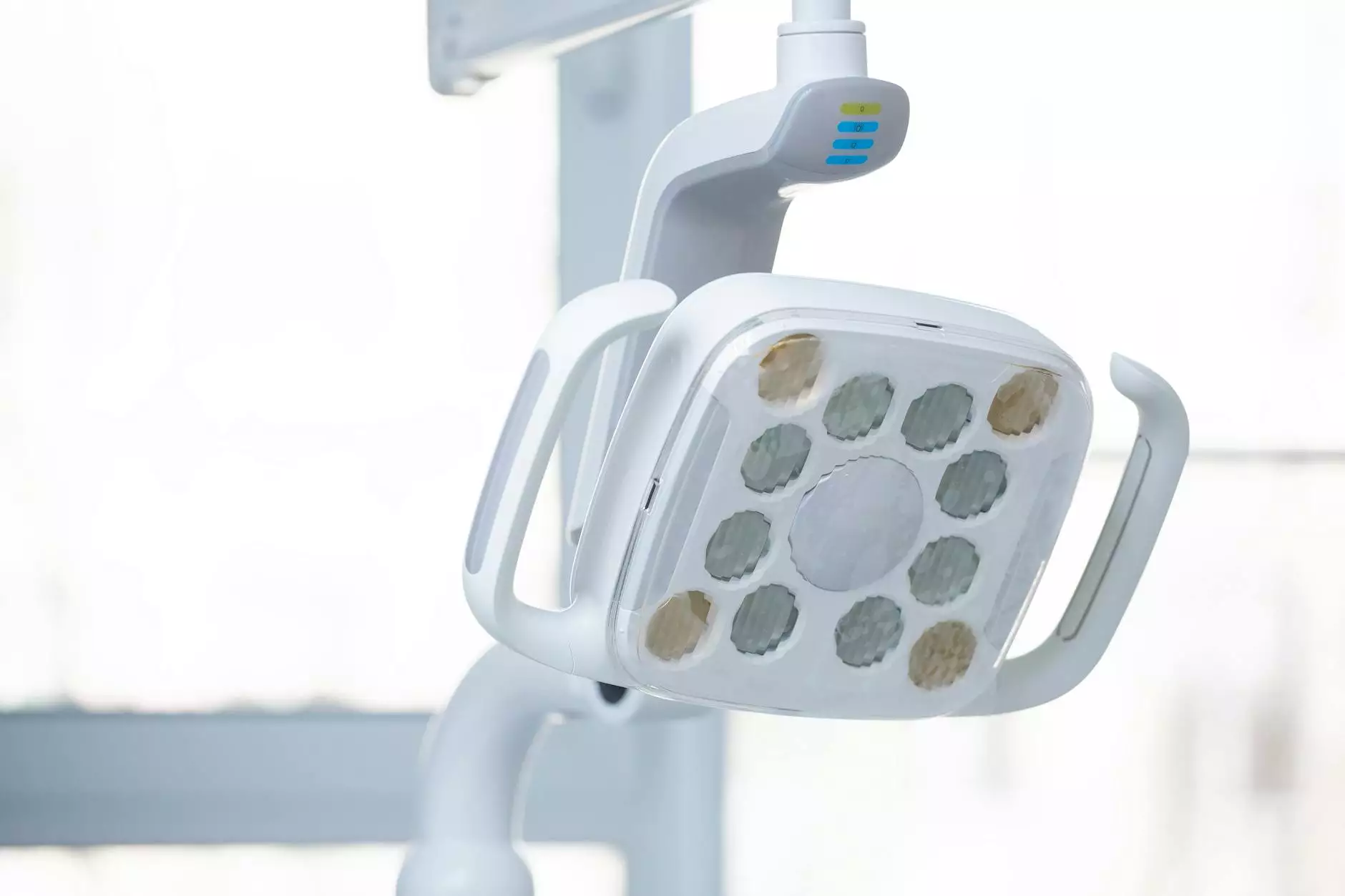Living With An Overactive Bladder - A Comprehensive Guide
Women's Health
Introduction
Welcome to Bowling Orthopaedics, your trusted source of information and support for managing various health conditions. In this comprehensive guide, we will explore the topic of living with an overactive bladder. Our goal is to provide you with detailed insights, helpful tips, and actionable advice to help you better manage and cope with this condition.
Understanding Overactive Bladder
Overactive bladder (OAB) is a common and often frustrating condition that affects millions of individuals worldwide. It is characterized by a sudden and uncontrollable urge to urinate, frequent urination, and sometimes involuntary leakage of urine.
Living with OAB can significantly impact a person's quality of life, causing embarrassment, discomfort, and anxiety in social, work, and personal situations. However, with the right knowledge and management strategies, individuals can gain better control over their bladder and experience improved well-being.
Causes of Overactive Bladder
The exact cause of OAB is not fully understood, but there are several factors that may contribute to its development:
- Age-related changes in bladder function
- Bladder or urinary tract infections
- Neurological conditions or injuries affecting bladder control
- Certain medications or substances
- Underlying medical conditions such as diabetes or kidney disease
It's important to consult with a healthcare professional to identify the underlying cause of your OAB symptoms and develop an individualized treatment plan.
Symptoms and Diagnosis
OAB is characterized by a range of symptoms, including:
- Urgency to urinate
- Frequent urination (more than eight times in a 24-hour period)
- Nocturia (waking up multiple times at night to urinate)
- Incontinence (urge urinary incontinence)
- Feeling an immediate need to urinate even with a partially full bladder
If you experience these symptoms regularly, it is crucial to consult with a healthcare professional who can perform a thorough evaluation and diagnosis. The diagnostic process may involve a comprehensive medical history review, physical examination, urine tests, and potentially additional tests, such as urodynamic studies.
Managing Overactive Bladder
Living with OAB requires a multifaceted approach to management. While there is no cure for OAB, numerous strategies can help improve symptoms and enhance your overall quality of life.
Lifestyle Modifications
Adopting certain lifestyle changes can have a positive impact on your OAB symptoms:
- Fluid Management: Monitoring and regulating your fluid intake can help reduce bladder irritability. Avoiding excessive consumption of fluids, especially those that can irritate the bladder, such as caffeine and alcohol, may be beneficial.
- Bladder Training: Engaging in bladder training exercises can help increase your bladder's holding capacity and improve control over the urge to urinate.
- Healthy Diet: A nutritious diet rich in fiber can help regulate bowel movements and reduce constipation, which can indirectly affect bladder control.
- Weight Management: Maintaining a healthy weight can alleviate pressure on the bladder and improve OAB symptoms.
Medications and Treatments
In addition to lifestyle modifications, your healthcare professional may recommend specific medications or treatments to manage OAB symptoms:
- Anticholinergic Medications: These medications help relax bladder muscles and reduce the frequency and urgency of urination.
- Botox Injections: In some cases, Botox injections into the bladder muscle may be recommended to alleviate OAB symptoms.
- Nerve Stimulation: Nerve stimulation techniques, such as sacral neuromodulation, can be helpful for individuals with severe OAB symptoms.
Coping Strategies and Support
Living with OAB can be challenging, but there are various coping strategies and support options available:
- Support Groups: Connecting with others who are living with the same condition can provide valuable emotional support and practical advice.
- Kegel Exercises: Strengthening the pelvic floor muscles through Kegel exercises may help improve bladder control.
- Bladder Control Techniques: Practicing relaxation techniques, such as deep breathing and engaging in mindfulness exercises, can help manage OAB symptoms.
- Talking to a Therapist: Seeking therapy or counseling can be beneficial in addressing any emotional or psychological aspects related to OAB.
Conclusion
Living with an overactive bladder can be challenging, but with the right strategies and support, individuals can lead fulfilling lives. At Bowling Orthopaedics, we are committed to providing comprehensive information, resources, and support to help you successfully manage your overactive bladder. Consult with a healthcare professional to discuss your symptoms and develop a personalized management plan tailored to your specific needs. Take control of your bladder health today!










